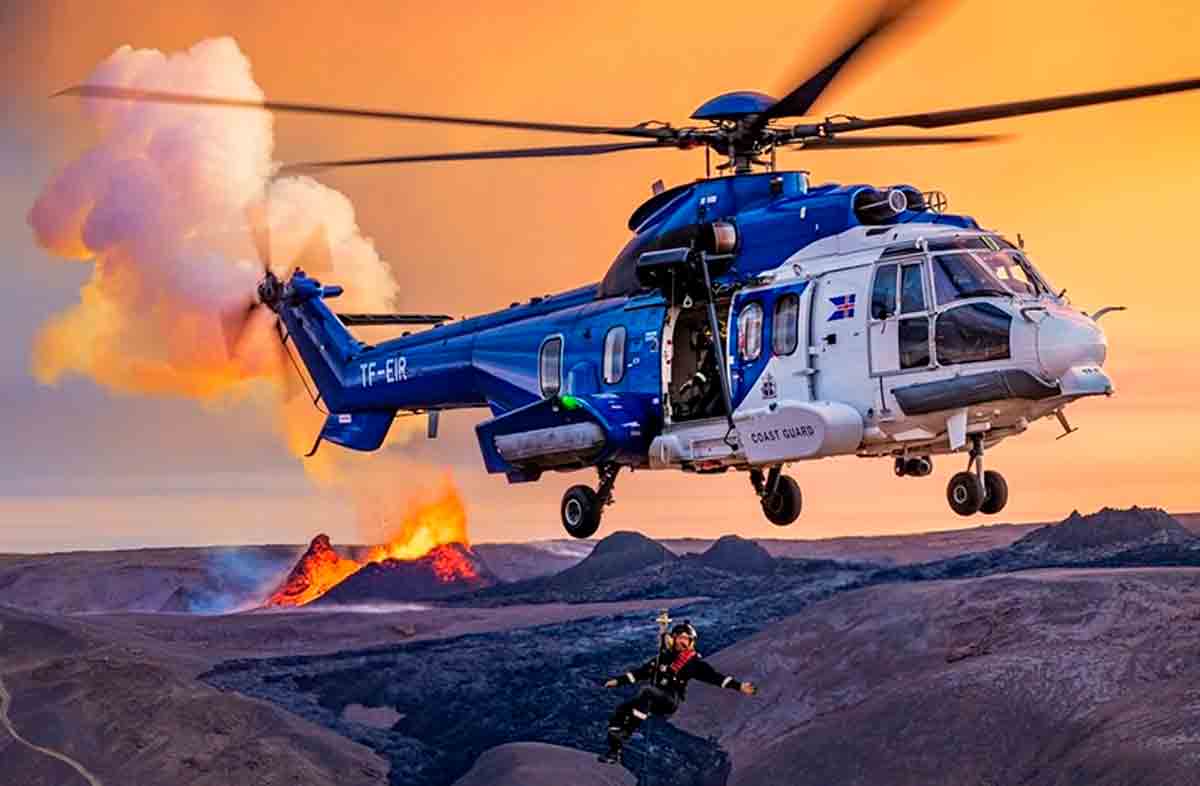
According to the immigration consultancy HAYMAN-WOODWARD, there are more than 4,000 open positions for pilots in the USA, and there is a considerable shortage of such professionals
In recent years, the job market for helicopter pilots in the United States has seen considerable growth and attracted many professionals from other countries. According to data from the immigration consultancy HAYMAN-WOODWARD, more than 2,000 foreign pilots have received green cards in the last 3 years.
The consultancy’s research, in conjunction with the FAA (Federal Aviation Administration), shows that the helicopter pilot market registers a projected employment growth rate of 6% from 2018 to 2028 and a significant increase in the salaries of these professionals – with a jump of 21% in the last five years. For instance, in 2023, the average salary of a helicopter pilot is $89,418 per year.
The study also pointed out that currently there are more than 4,945 helicopter pilots employed in the USA, with about 4,054 open positions for helicopter pilots, indicating considerable demand.
CEO of HAYMAN-WOODWARD Leonardo Freitas explains that there is a shortage of such professionals in the USA because the industry faces challenges in maintaining a stable workforce, partly due to high training and certification costs. “Additionally, there is a generational gap created by the retirement of experienced pilots. Moreover, the recovery of the aeronautical sector is demanding more qualified professionals every day. Therefore, the industry and the government may start to consider immigration policies more aligned with the sector’s needs to ensure a constant flow of talent that can meet current and future demand,” says Freitas.
What are the immigration pathways for helicopter pilots in the USA?
Although there are no specific visa programs for pilots, existing categories such as O-1 visas for individuals with extraordinary abilities, H-2B for seasonal work, H-3 and J-1 for paid internships, and the green card EB-2 NIW (which does not require the employer to sponsor the visa for reasons of national interest) can be viable options.
Most pilots who now have their green cards approved through the EB-2 NIW have at least 2,500 hours of flight as commercial professionals. However, other factors are considered in this analysis, such as academic training, specific training, and recognition of competencies and skills of the class.
Leonardo Freitas explains that in general, the green card EB-2 NIW requires applicants to demonstrate exceptional abilities, which can include substantial experience in the field and a track record of professional achievement. “However, the White House recently signaled a relaxation in visa evaluation criteria through an internal directive of the USCIS (United States Citizenship and Immigration Services), that areas of national interest such as STEM (science, technology, engineering, and mathematics) be a priority in green card approvals. Putting aeronautical science professionals with great possibilities of obtaining permanent residence visas for the United States,” explains Freitas.

